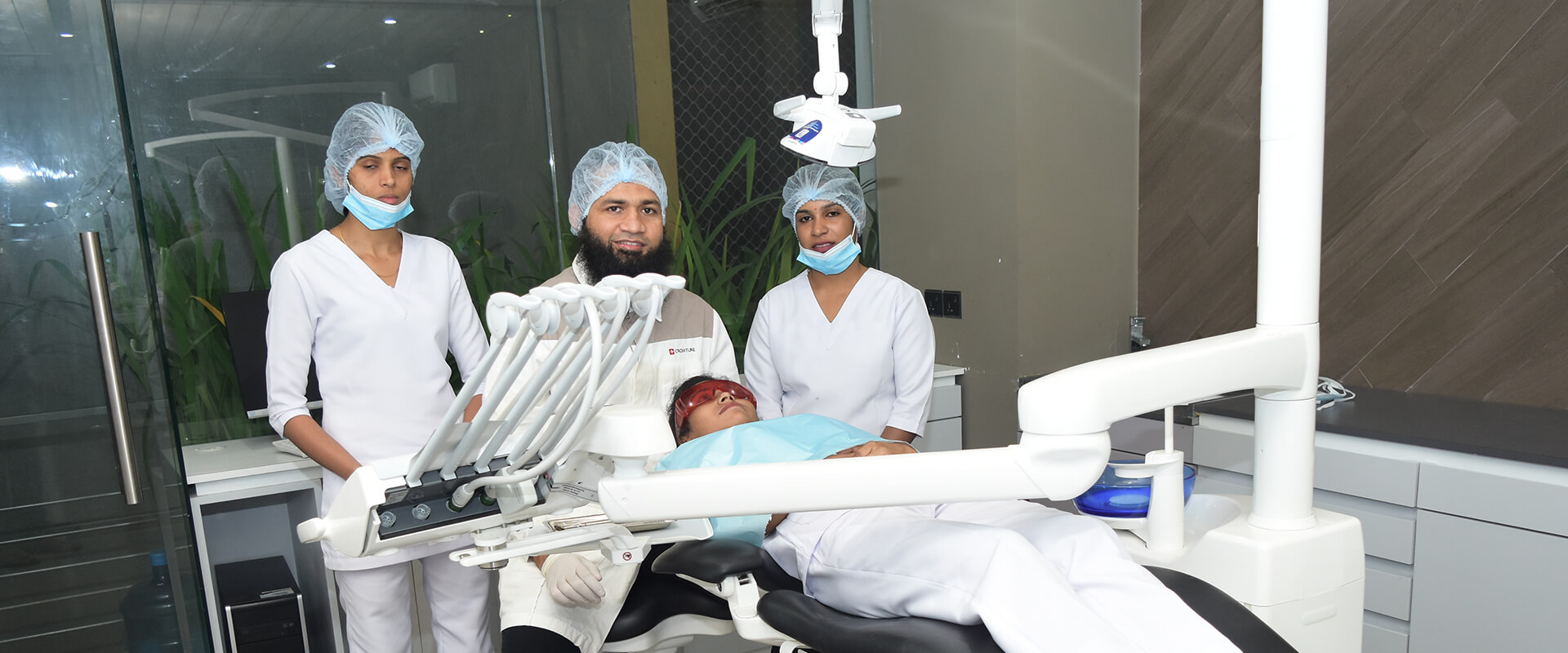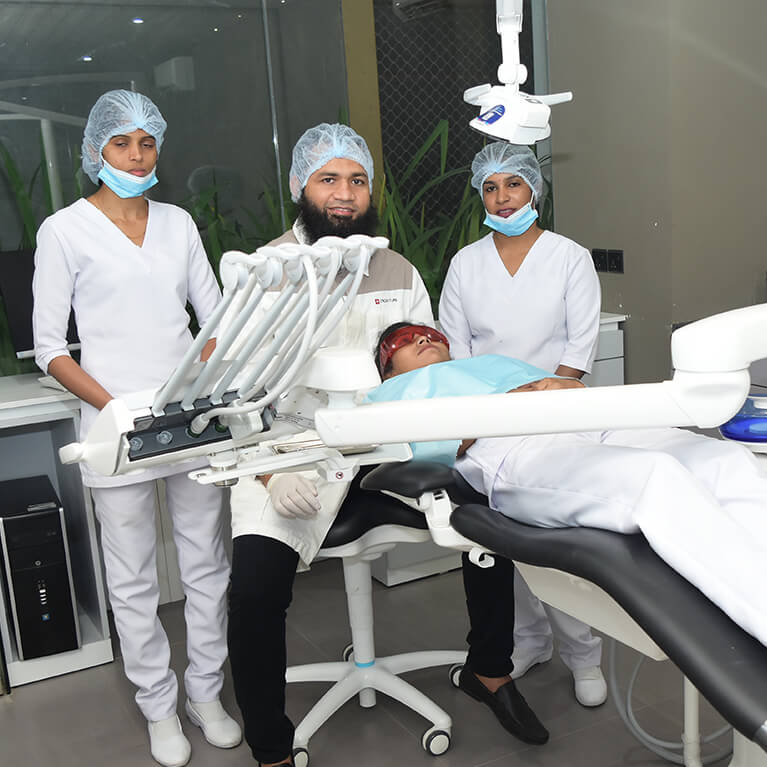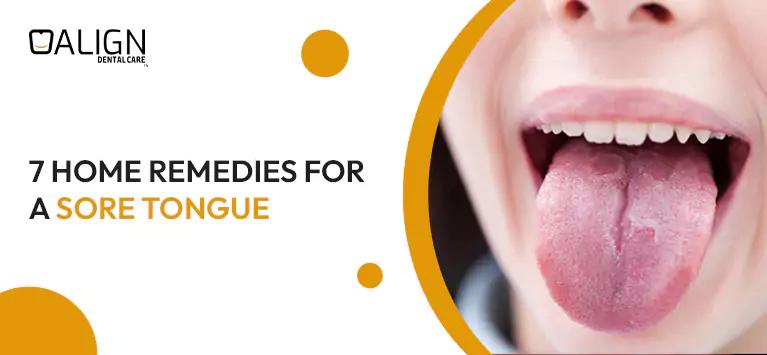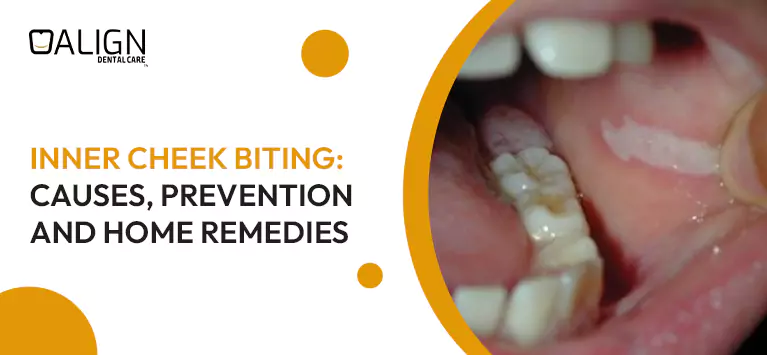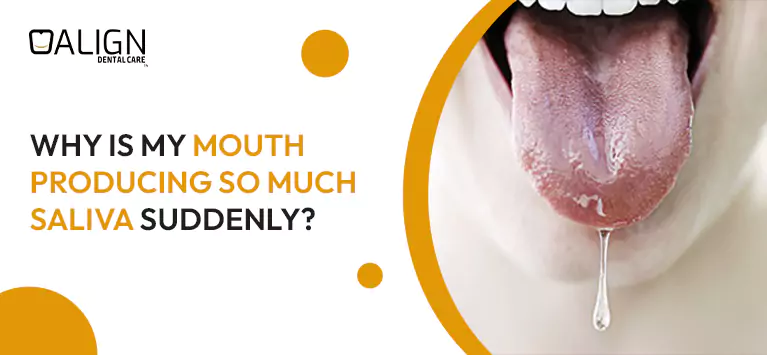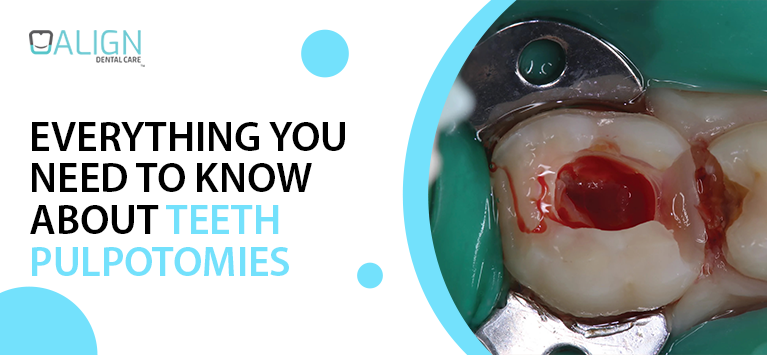
Everything You Need to Know About Teeth Pulpotomies
A pulpotomy procedure involves removal of coronal pulp while trying to preserve the health of the remaining radicular pulp tissue.
It is one of the most widely used methods to save infected, decayed teeth. Your dentist might recommend it if you or your child has a severe cavity and pulpitis, an inflammation of the pulp inside the tooth.
What is meant by Pulpotomy?
Pulpotomy is a dental procedure to repair deeply infected baby teeth. Most commonly, the baby’s teeth become infected due to untreated tooth cavities. Beginning from eroding the tooth’s outer layer, cavities progress and penetrate deeper to attack the soft pulp inside the tooth.
What is the difference between Pulpotomy and Root Canal Treatment?
Pulpotomy is a treatment to completely remove the pulp from a tooth’s crown and roots. The soft inner layer called pulp is where blood vessels, nerves, and connective tissue are located. You will put the pulp chamber at greater risk of infection if you neglect cavities.
This procedure needs more treatment than a simple filling. During this procedure, only the topmost pulp is removed. But this dentistry surgery might be equally effective in situations where the infection is not widespread.
Root canal treatment is a mini surgical procedure and is designed to clean out the infected root canal, prevent the tooth from becoming reinfected, and preserve the original tooth. The RCT procedure involves removing the inflammatory or infected pulp and carefully cleaning, sanitizing, filling, and sealing the inside of the tooth.
To say a long story short, the only cure for an infected pulp is a root canal.
We can draw the conclusion that pulpotomies on important primary incisors can be effectively replaced by root canal therapy.
However, RCT is more painful and expensive.
How do dentists perform pulpotomy?
A pulpotomy typically lasts between 50 to 75 minutes. First, the dentist injects a local anesthetic into the gums around the infected tooth. By numbing the area, the dentist may drill into the tooth and remove the damaged part without making you feel uncomfortable.
He will then continue digging until the pulp is touched. The infected pulp will be removed and filled the space with a sealer like calcium hydroxide cement.
How does Pulpotomy safeguard your dental health?
If your child complains of pain when their tooth or teeth come into contact with hot, cold, or sweet items, it means they may have pulpitis. Pulpitis is the inflammation of the pulp and is mainly caused by untreated tooth cavities.
These infections can quickly spread to your tooth’s roots and gums. This treatment stops the infection and protects your gums.
Successful pulpotomies can avoid tooth extraction as well. Because the options to replace an extracted tooth are more invasive and costly than pulpotomy.
- Adults who are losing their permanent teeth are left with the only option of implanting teeth for permanent restoration. Implant placement requires costly and time-consuming dental surgery.
- Apart from teeth implants, you have dental restorative appliances like dental bridges, and dentures to replace the missing tooth. However, they do not act like your natural teeth and allow bone resorption underneath the gums. It ends in facial sagging.
- Early loss of baby teeth can cause the teeth around the missing teeth to move. In addition, it may result in crowding when permanent teeth begin to erupt through the gums. Permanent teeth could also erupt unevenly. As a result, many kids with baby teeth removed require braces to straighten their permanent teeth.
Indications and contraindications
The procedure of pulpotomy is very safe, and there are no significant risks involved. Non-vital permanent teeth with incompletely formed roots should undergo this surgery. This dental procedure includes common risks and complications as well;
- Infections
- Pain- Due to inflammation of the tissue around the teeth, temporary pain may occur after this procedure.
- The teeth may appear discolored during recovery
- This treatment may reduce the teeth’ strength and durability, making it more similar to tooth fracture. Using a solid filling or crown may reduce the risk.
- This surgery may cause injury to the cheekbones and lips because you may bite or rub a numbed area without even being conscious of the possible damage you’re pushing.
Aftercare instructions
After this procedure, you won’t experience any pain because your tooth, gums, and the surrounding area of your mouth will be suitably numbed.
At this time, most kids recover fast. Sometimes, you might feel nauseous, sleepy, vomiting, and bleeding which are most common.
You shouldn’t consume any food or liquids while under anesthesia. When it does, follow a list of soft foods that are recommended to eat following dental surgery.
When you’re able to eat again, stick to soft foods like soup or scrambled eggs and stay away from anything crunchy.
Avoid eating solid food; it may cause Vomiting and nausea.
Take away
Pulpotomy is a dental technique that can rescue a severely decayed tooth.
Although it’s most frequently performed on young children who still have their baby teeth, it can also be utilized on adults and older kids who have their permanent teeth.
When you face any tooth trauma or infection, feel free to reach us.
Our experts have the knowledge and experience to diagnose dental problems and suggest the best action. Examples of symptoms such as white spots or severe toothache are reasons to schedule your appointment immediately.





